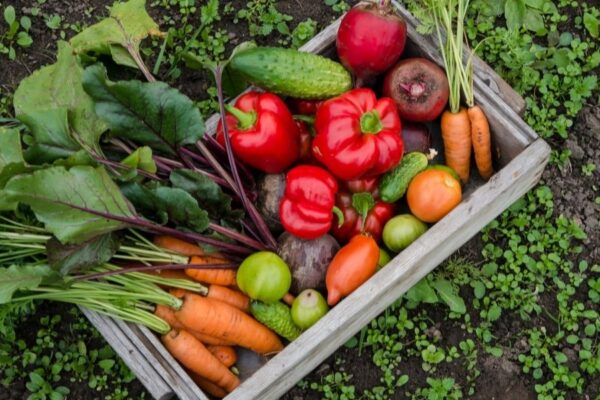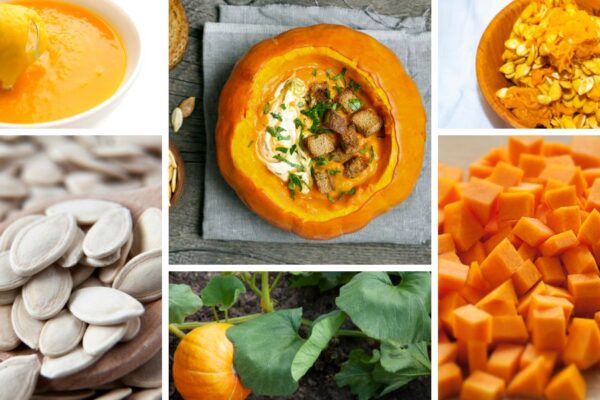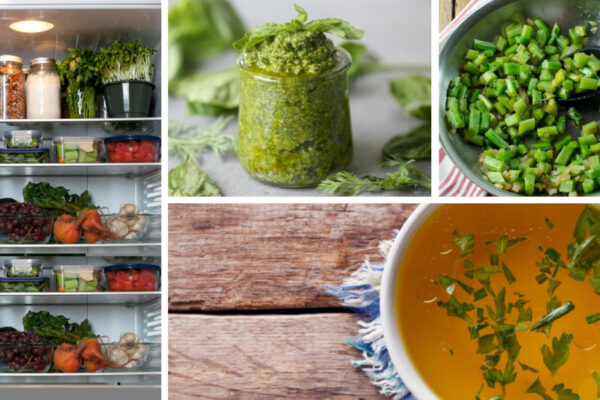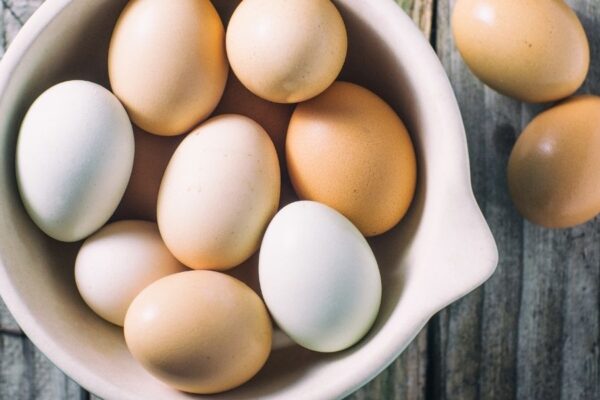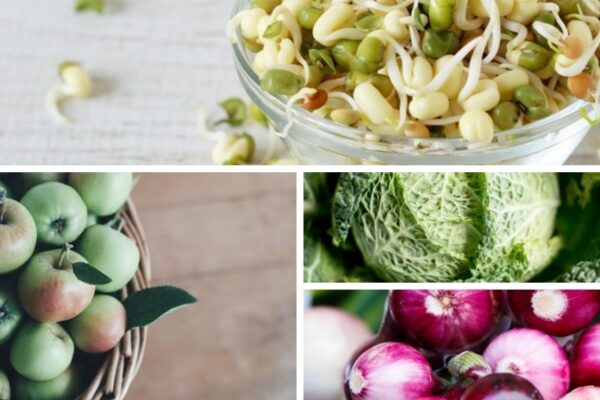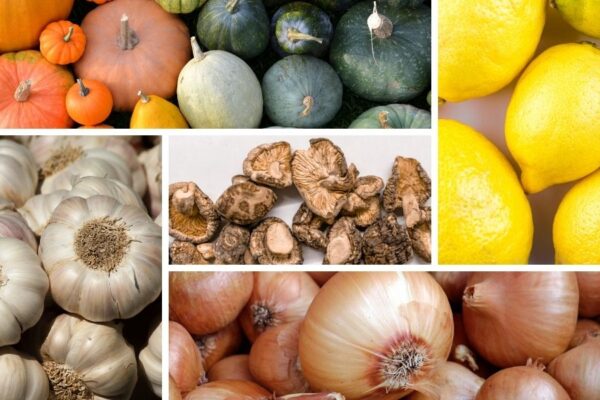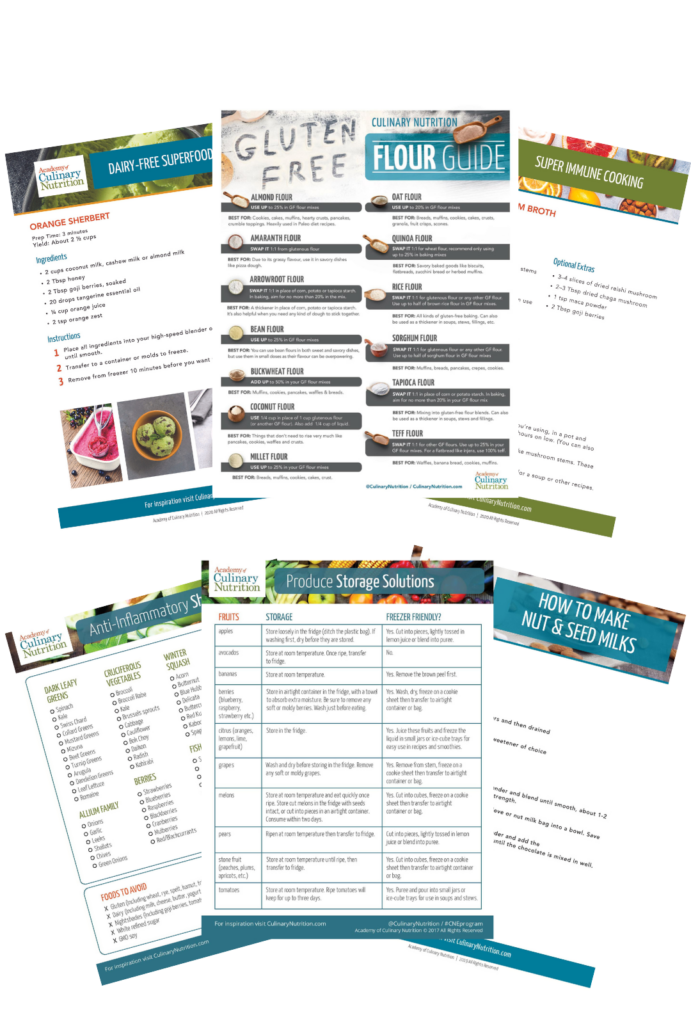Your Ultimate Guide to Winter Squash

When the days grow shorter and the onset of winter becomes unavoidable, many people mourn the loss of colourful fruits and vegetables from their summer garden or market. But look more closely and you’ll soon discover a bountiful source of goodness in the form of winter squash! Much more than just its best known member — the pumpkin — this nutrient-rich family is available from early autumn through winter and comes in a variety of shapes, sizes and colours.
Formally named the Curcurbitaceae family, all winter squash share some common characteristics. They all have:
- hard shells that can be difficult to pierce, which accounts for their longer shelf life (some lasting up to six months)
- an inner hollow containing seeds
- flesh, which, regardless of variety, tends to have a mildly sweet flavour and fine texture
Culinary Nutrition Benefits of Winter Squash
Nutritionally, winter squash are exceptionally rich in:
- carotenes, which have been shown to protect against certain types of cancer
- anti-oxidants and anti-inflammatory compounds
- anti-diabetic and insulin-regulating properties
- vitamins, including immune-supportive Vitamins A and C, as well as energy-boosting and stress-reducing B vitamins
- fibre, which is key for digestive health, blood sugar balance and cardiovascular health
- minerals, such as folate for the brain and nervous system, copper for our bones and tissues, and potassium for blood pressure and hydration
All this goodness, plus they are delicious!
If you’ve been passing winter squashes by because you’re just not sure what to do with them, here’s a guide to help you see all the ways these versatile beauties can make your table shine, plus a Moroccan-inspired recipe. And if you’re looking for even more ways to use them, check out these top 24 winter squash recipes.
Culinary Nutrition Guide to Winter Squash
Acorn
Shaped like its namesake, the acorn. Mild in flavour, choose one with more dark green than orange in its shell for more tender flesh. Best roasted or stuffed.
Butternut
Pale orange and shaped like an elongated pear, this squash is one of the more common varieties. They have a smooth, inedible rind that can be cut or peeled off. Extremely versatile, they are delicious in soups, chilis, stews and salads – but can also be used in muffins.
Photo: Butternut Squash
Blue Hubbard
These greenish-blue squash are a new variety of their much larger, bumpy ancestors. They have a sweet orange flesh, great in sweet or savoury recipes.
Buttercup
Compact and green, with lighter green variegated stripes, these have a pronounced bump, or ‘turban’ on their bottoms. When freshly cut, they smell and appear almost like cucumber, but cooking turns the mild-flavoured flesh drier and denser. Well suited to purées, soups and curries.
Kabocha
This Asian variety, sometimes called Japanese pumpkin, is round and green (similar to buttercup but without the stripes). It has a sweet, nutty flavour that shines in soups or stews, or simply roasted with either sweet or savoury spices.
Photo: Kabocha Squash
Red Kuri
This lopsided, reddish orange squash has a taste similar to chestnuts. Its smaller size and somewhat softer rind makes it easier to work with. Great roasted or in soups.
Spaghetti Squash
As its name implies, this squash has a unique flesh that, when shredded with a fork, resembles strings of pasta. Try it with your favourite marinara sauce and some sautéed vegetables!
Delicata
This winter squash is oblong, cream with green stripes, and has a soft, edible rind that makes it easier to prepare. It can be cut into rings or sliced lengthwise and stuffed, as in the recipe below. It also makes great fries. Its softer shell makes it more susceptible to spoiling, so it’s best prepared within three weeks of purchase.
Photo, Delicata Squash. Image: iStock/TonyLMoorePhoto
Storing Winter Squash
Whole winter squash are best stored in a cool, dark, dry place. A pantry or cupboard are ideal, or a root cellar if you have one. Don’t wash your squash before storage.
Once your squash are peeled and chopped, or meal prepped, store them in the fridge or freezer.
Learn more about the best ways to store produce here.
Save The Seeds!
Lessen your food waste by saving your squash seeds for a tasty, protein-rich snack. Scoop out the seeds, remove any membranes or stringy parts, rinse and then dehydrate, or roast in the oven.
Moroccan-Inspired Stuffed Delicata Squash Recipe
Developed for an anti-inflammatory diet, this dish delivers not only the benefits of winter squash noted above, but also boasts the following:
Cauliflower: Loaded with vitamin C, cauliflower is a sulfur-rich vegetable that helps our bodies detoxify. This is relevant for anyone with an autoimmune disease since most have compromised detoxification systems. It also contains glucobrassicin, which works on a genetic level to turn off inflammatory responses.
Shallots/Garlic: Like other members of the allium family, shallots and garlic deliver important anti-inflammatory advantages. Onionin A—a unique sulfur molecule found in the bulb portion of the plant—has been shown to inhibit the activity of macrophages, specialized white blood cells that play a key role in our body’s immune defence system. While macrophage activity is typically a good thing, inhibition of their activity can sometimes be critical in getting chronic inflammation under control.
Kale: With over 45 different flavonoids, including kaempferol and quercetin, kale is a powerful source of both antioxidant and anti-inflammatory benefits. Kale is also a huge source of vitamin K, a key nutrient for regulating the body’s inflammatory process. (You can learn how to use more dark leafy greens here.)
Cranberries: The antioxidants in cranberries, even when dried, are especially effective in lowering the risk of unwanted inflammation.
Pistachios: Nuts are among the foods highest in anti-inflammatory benefits.
This recipe’s Moroccan flair comes from a spice blend called Ras el Hanout. While it can be found in many markets, you can also make your own blend from spices you may already have on hand. The name roughly translates to ‘head of shop’ and refers to the fact that, traditionally, this blend is personalized by the spice dealer at your favourite Arab market. It can be made with as many as 50 spices, but my interpretation does not require nearly as many. Note that this will give you about one cup of spices. It makes a nice addition to soups, stews, or roasted vegetables. However, the recipe can easily be halved if less is desired.
Header image: iStock/sarasang
* Note: This post’s original author, Nancy Williams, was a Culinary Nutrition Expert and a vibrant and well-loved member of our community. Up until her health began to challenge in more serious ways in 2019, she was an active cheerleader and source of support in our private student and alumni group.
She had a warmth that radiated and was one of those people who stayed in your heart. She loved live music shows and most of all, being in her kitchen creating. Nancy passed away in August 2020 and she is deeply missed.
In 2021, we established the Nancy Williams Memorial Scholarship to honour her incredible legacy and commitment to giving back.
Free Resource Library
Enjoy more than 40 downloadable guides, recipes, and resources.


